A Mamba is any number of snakes in the taxonomic genus Dendroaspis. Researchers recognize four different species of Mambas. All of the various species are highly venomous, and surprisingly swift. They range throughout different regions of Africa. Read on to learn about the Mamba.
Description of the Mamba
Most species are relatively similar. All four are quite long and narrow-bodied, with surprisingly narrow heads for venomous species. Two of the four have bright green scales, one has mottled green scales, and one is dark grey.
Though most individuals measure about 8 ft. or 9 ft. long, sometimes these snakes reach 14 ft. long. Their weight varies by species and by individual. On average, these snakes typically weigh between 1 lb. and 5 lbs. depending on their size.
Interesting Facts About the Mamba
Each species is different in its own way. Learn more about the four different species, and what makes them unique, below.
- Black Mamba – The most well-known of the four species, this snake reaches impressive lengths. In fact, this species is the second longest venomous snake in the world, behind the king cobra. Despite their name, this snake is actually gray or dark brown in color.
- Western Green Mamba – This is a snake more representative of its name. The top half, or dorsal side, of this species is bright green. Its underside, or ventral side, has yellow scales. This reptile spends its time hunting in the treetops.
- Jameson’s Mamba – Though green in color, this species has more muted color. Their scales are typically dull or pale green, and they have a cream-colored underside. Unless cornered, this species usually flees from threats rather than attacking.
- Eastern Green Mamba – This species sports bright green scales with a light green belly. It hides in the trees, waiting for prey to come to its. The other three species actively hunt and chase down their prey, but this species prefers ambush.
Habitat of the Mamba
The three green species spend nearly all their time in the trees, and thus rely on forested or wooded habitats. The black species spends its time on the ground rather than the trees, but still lives in regions with plenty of vegetation or other cover.
Some of the different habitats that these snakes occupy include woodlands, tropical rainforest, savanna, rocky outcrops, grasslands, forests, and more.
Distribution of the Mamba
Each of the four species has its own unique distribution and range. As a whole, these snakes live throughout Africa in regions south of the Sahara Desert.
The Eastern Green has the widest distribution, ranging throughout most of Sub-Saharan Africa, with the exception of the southeast. Jameson’s species lives western central Africa. True to its name, the Western Green lives along the coast of western Africa. Finally, the Black species lives in eastern-central Africa and southern Africa.
Diet of the Mamba
The diet of this snake varies slightly based on the species and the region. Terrestrial species feed on more rodents and ground-living animals. Arboreal, or tree-dwelling species, feed on more birds and animals that live in the trees.
Some of the different prey items of these snakes include rats, mice, squirrels, bats, lizards, bats, frogs, and eggs. Most species actively search for and chase down their prey. The eastern green ambushes its prey by using its camouflage and waiting for prey to wander too close.
Mamba Venom
The venom of these snakes is highly dangerous. Some species, or even individuals, have more toxic venom than others. Regardless of the species, a bite can kill a human if left untreated. The Black species generally possesses more toxic venom, and injects it at greater volumes. Thankfully, with antivenom, these bites do not result in fatality as frequently.
Mamba and Human Interaction
For the most part, these snakes avoid human interaction. As long as they are not cornered or trapped, they attempt to escape rather than attack a threat. Unfortunately, the Black Mamba is the most aggressive and the most toxic of the four. They are incredibly dangerous, and an untreated bite has a 100% fatality rate.
However, human activity also poses a danger to these snakes. As human population increases, people continue to destroy this snake’s natural habitat to expand towns and cities. Despite this destruction, these snakes typically have high numbers and healthy populations.
Domestication
Humans have not domesticated this species in any way.
Does the Mamba Make a Good Pet
No, these snakes do not make good pets. They have incredibly toxic venom, and are very dangerous to humans. One bite can kill you.
Mamba Care
Humans keep these snakes in zoos and research centers. Keeping these snakes in human care is actually incredibly important. Captive snakes allow us to collect venom and synthesize antivenom. Zookeepers and researchers house the snakes in large enclosures with a variety of branches and perches.
Only trained professionals handle the snakes. They use snake tongs to move the reptiles into different enclosures, or to drop prey into their enclosures for them to eat. Most facilities feed rats and mice to their Mambas.
Behavior of the Mamba
Though each species is slightly different from the next, all four avoid human contact as much as possible. Most are diurnal, or active during the daytime. They spend their days actively searching for prey, and chasing it down swiftly (with the exception of the Eastern Green). Some species can surpass 12.5 mph at their top speed!
Reproduction of the Mamba
When breeding season arrives, the males of most species battle one another for mating rights. After mating, females lay a clutch of eggs. Some lay their eggs in hollow trees, others in underground burrows or similar hiding places.
Depending on the species, clutches contain about 10 eggs on average. It takes 2 or 3 months for the eggs to hatch, and the young are fully independent at hatching.


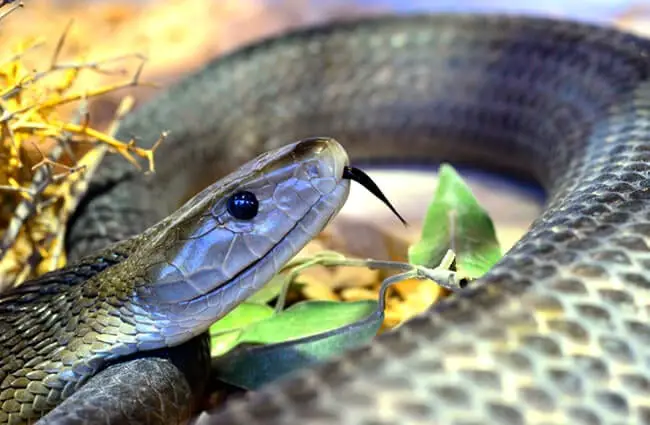
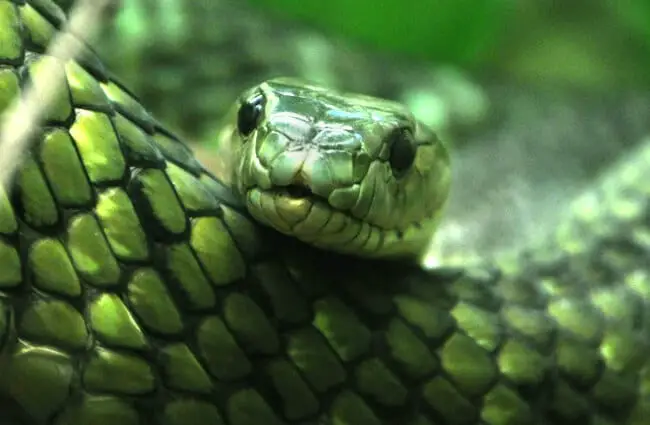

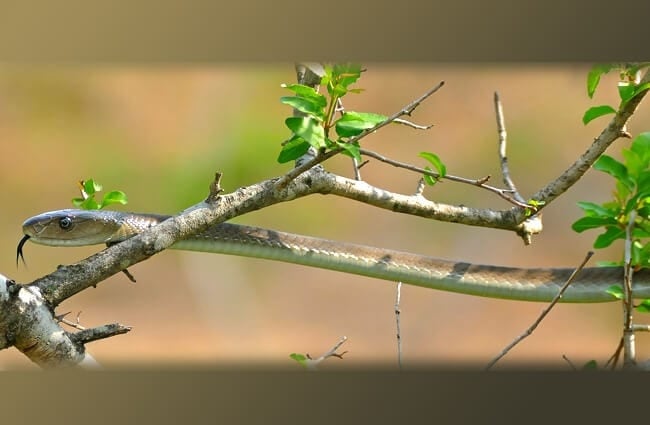
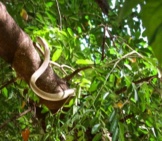
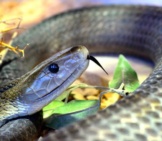
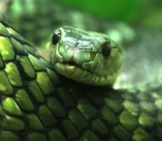

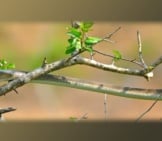
![Red Angus Closeup of a beautiful Red Angus cowPhoto by: U.S. Department of Agriculture [pubic domain]https://creativecommons.org/licenses/by/2.0/](https://animals.net/wp-content/uploads/2020/03/Red-Angus-4-238x178.jpg)












![Red Angus Closeup of a beautiful Red Angus cowPhoto by: U.S. Department of Agriculture [pubic domain]https://creativecommons.org/licenses/by/2.0/](https://animals.net/wp-content/uploads/2020/03/Red-Angus-4-100x75.jpg)

